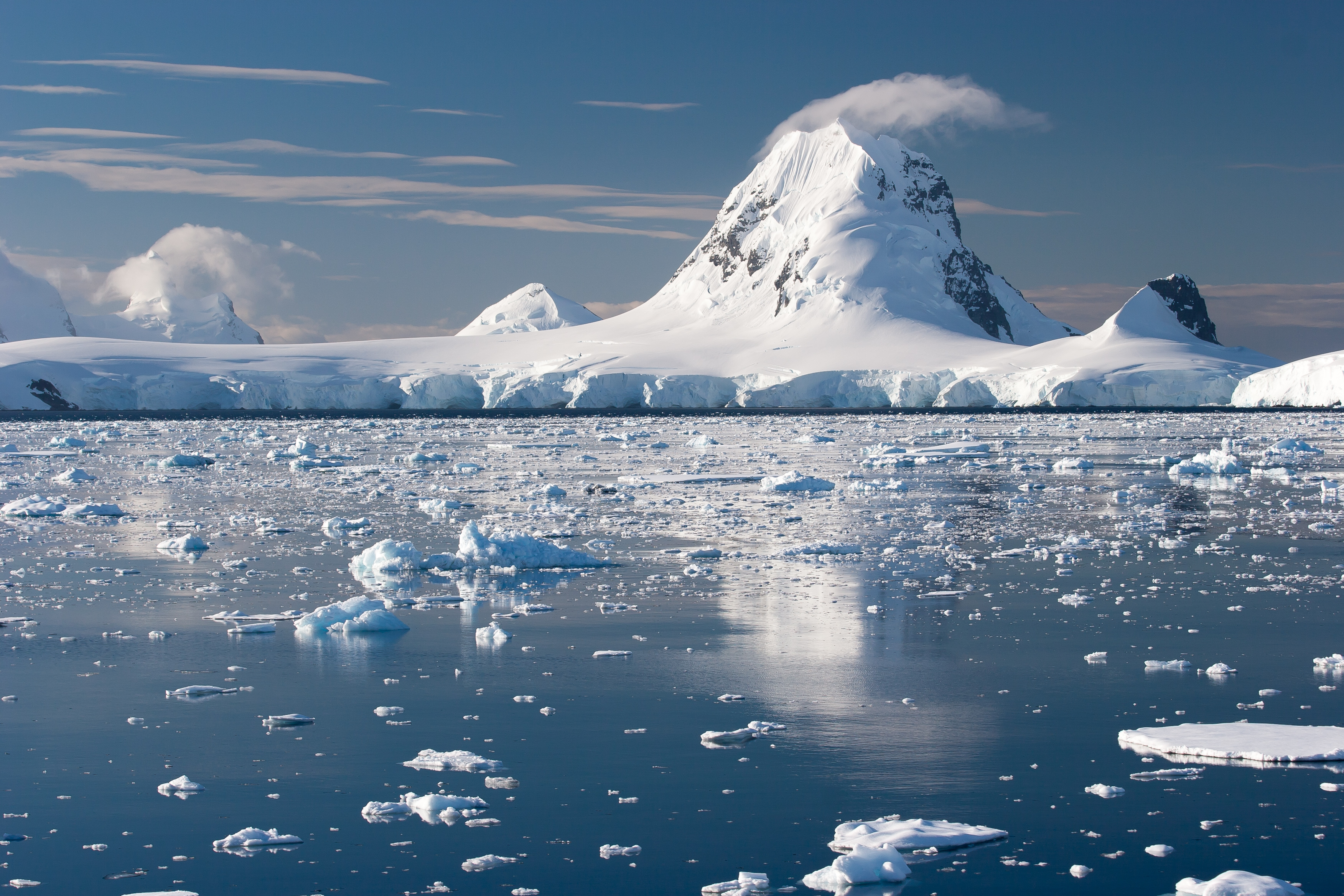Antarctica, the southernmost continent on Earth, plays a crucial role in regulating the planet’s climate and carbon cycle. One of its essential functions is acting as a vast carbon sink, absorbing carbon dioxide (CO₂) from the atmosphere and storing it in its ice sheets and surrounding oceans. Understanding the mechanisms behind Antarctica’s carbon sequestration and the implications of its melting ice is vital for addressing climate change and its impacts on a global scale.
How Does Antarctica Absorb Carbon Dioxide?

Antarctica contributes to carbon sequestration through two primary mechanisms:
-
Ice Sheet Storage: The massive ice sheets covering approximately 98% of Antarctica’s landmass consist of layers of compacted snow and ice that have accumulated over millennia. As snow falls and compacts, air bubbles trapped within the ice encapsulate atmospheric gases, including CO₂. Over time, these bubbles are sealed within the ice layers, effectively locking away carbon from the atmosphere.
This process is enhanced by firnification—the compaction of snow into dense glacial ice—where the weight of overlying layers expels air and seals atmospheric gases within the ice matrix.
-
Biological Pump in the Southern Ocean: The Southern Ocean surrounding Antarctica plays a critical role in the oceanic carbon cycle. Phytoplankton in the ocean absorb CO₂ during photosynthesis, converting it into organic carbon. When these microscopic organisms die, their remains sink to the ocean floor, sequestering carbon in deep-sea sediments. This natural process, known as the biological pump, helps regulate atmospheric CO₂ concentrations and mitigate global warming.
Why Does Antarctica’s Carbon Sequestration Matter?
Antarctica’s carbon sequestration has far-reaching implications for the global climate:
-
Stabilizing Atmospheric CO₂ Levels: By capturing and storing significant amounts of CO₂, Antarctica acts as a natural buffer against the impacts of human-induced emissions. This helps slow the rate of global warming and reduces the severity of climate change.
-
Regulating Ocean Chemistry: The carbon absorbed by the Southern Ocean contributes to regulating ocean acidity. Without this sequestration, higher levels of atmospheric CO₂ would lead to more acidic oceans, harming marine ecosystems and disrupting food chains.
Consequences of Ice Melt

As global temperatures rise, the delicate balance maintained by Antarctica’s ice sheets and oceans is increasingly under threat. The consequences include:
-
Release of Stored CO₂: When ice sheets melt, the CO₂ trapped within the ice over thousands of years is released back into the atmosphere. This contributes to a positive feedback loop where warming causes more ice melt, leading to additional CO₂ emissions and further warming.
-
Weakening of the Biological Pump: Warming temperatures and reduced sea ice extent impact phytoplankton populations in the Southern Ocean. These changes disrupt the biological pump, reducing the ocean’s ability to absorb CO₂ and exacerbating global warming.
Impacts on Global Sea Levels
The melting of Antarctica’s ice sheets significantly contributes to rising global sea levels, with widespread implications:
-
Flooding of Coastal Communities: Coastal cities, island nations, and low-lying regions face increased risks of flooding and permanent inundation as sea levels rise. Areas like Miami, Dhaka, and the Maldives are particularly vulnerable.
-
Disruption of Ocean Currents: The influx of freshwater from melting ice alters ocean salinity and circulation, potentially disrupting systems like the Atlantic Meridional Overturning Circulation (AMOC). Such disruptions can amplify extreme weather patterns and affect global climate stability.
Preserving Antarctica’s Role as a Carbon Sink
Addressing climate change and preserving Antarctica’s carbon sequestration capacity require global cooperation and action:
-
Reducing Greenhouse Gas Emissions: Aggressively cutting emissions is essential to limit further warming and protect Antarctica’s ice sheets. International agreements like the Paris Agreement are critical frameworks for this effort.
-
Protecting the Southern Ocean: Establishing and expanding marine protected areas (MPAs) in the Southern Ocean can safeguard critical ecosystems that support carbon sequestration. Organizations like the Commission for the Conservation of Antarctic Marine Living Resources (CCAMLR) play a key role in these initiatives.
-
Investing in Research and Monitoring: Ongoing scientific studies are vital for understanding Antarctica’s carbon storage mechanisms and the impacts of climate change. Research programs like the International Thwaites Glacier Collaboration provide critical insights into the dynamics of ice melt and its global consequences.
The Road Ahead
Antarctica’s ability to sequester carbon underscores its importance as a natural ally in the fight against climate change. However, the accelerating pace of ice melt and environmental disruption highlights the urgent need for bold and coordinated action. By prioritizing emission reductions, protecting vulnerable ecosystems, and advancing scientific research, we can safeguard Antarctica’s critical role in maintaining Earth’s climate balance for future generations.